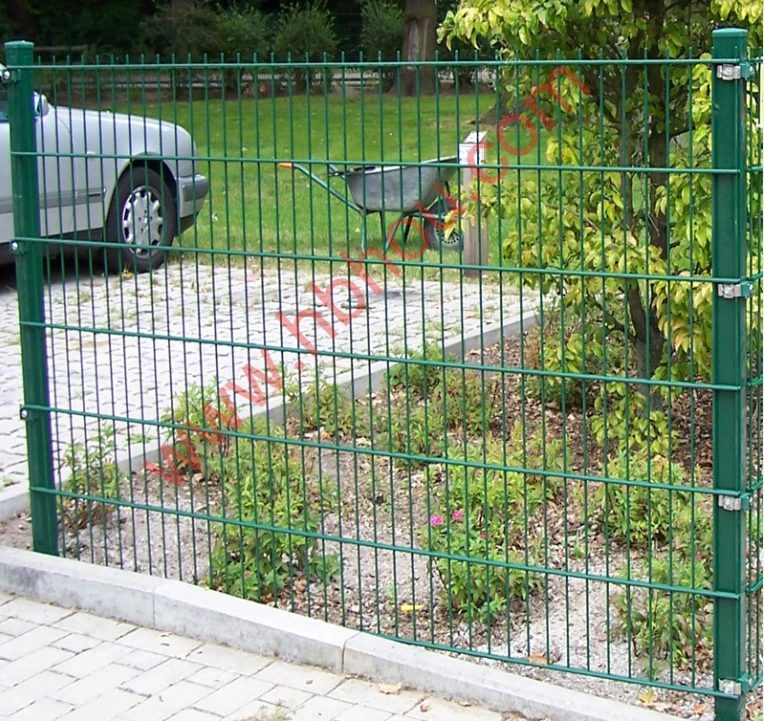The Benefits of Gabion Cage Walls in Modern Construction
In the realm of modern construction and landscape design, gabion cage walls have gained significant attention due to their versatility, sustainability, and aesthetic appeal. These structures, which consist of wire mesh cages filled with stones, rocks, or other materials, offer a multitude of benefits that make them an attractive option for engineers and architects alike.
1. Environmental Sustainability
One of the most significant advantages of gabion cage walls is their environmental sustainability. The materials used to fill these cages can often be sourced locally, reducing transportation costs and carbon emissions associated with long-distance material shipping. Furthermore, gabion walls can be designed to integrate naturally into the surrounding environment, promoting biodiversity. Over time, plants and moss may grow on the structures, enhancing their visual appeal and providing habitats for local wildlife.
2. Cost-Effectiveness
Gabion walls are not only sustainable but also cost-effective. The materials needed for gabion construction are generally inexpensive, especially when local stones are utilized. Additionally, the installation process is relatively straightforward, which can significantly reduce labor costs. Gabions do not require extensive foundations, so they can be installed in a variety of terrains and conditions. This adaptability leads to lower overall expenses compared to traditional wall systems.
3. Erosion Control and Structural Stability
Gabion cage walls serve as excellent erosion control structures. Their porous nature allows water to flow through while mitigating soil erosion. This characteristic is particularly beneficial in areas prone to heavy rainfall or flooding, as gabion walls effectively manage water runoff and minimize the risk of landslides. Additionally, the weight of the filled cages provides stability and can help to retain soil, making them ideal for supporting slopes and embankments.
gabion cage wall

4. Aesthetic Versatility
Beyond their functional benefits, gabion walls also offer unique aesthetic possibilities. The natural look of stone-filled cages can enhance the beauty of a landscape, and the customization options are virtually endless. Different types of stones, configurations, and wall heights can be employed to achieve a desired visual effect. Whether used in a garden, as part of a retaining wall, or as decorative fencing, gabion walls can complement various architectural styles.
5. Durability and Maintenance
Gabion walls are remarkably durable and can withstand harsh weather conditions. The galvanized steel mesh used in the cages is resistant to rust and corrosion, ensuring a long lifespan with minimal maintenance. Unlike traditional walls, which can crack and require repairs, gabion structures maintain their integrity over time. With occasional vegetation management, these walls can last for decades, making them a reliable investment for construction projects.
6. Applications in Various Settings
Gabion cage walls are utilized in a wide range of applications. They are commonly used in civil engineering projects, such as riverbank stabilization, parking lot retention systems, and noise barriers along highways. Additionally, they are increasingly popular in landscaping designs, providing elegant solutions for garden walls, terraces, and decorative features. Their versatility allows them to be adapted for both urban and rural environments, meeting the diverse needs of modern construction.
In conclusion, gabion cage walls represent a fusion of functionality, sustainability, and design flexibility in contemporary construction. As the demand for eco-friendly building practices continues to rise, the popularity of these structures is expected to grow. Whether for practical applications or aesthetic enhancements, gabion cage walls offer an innovative solution that aligns with the principles of sustainable development, making them a valuable addition to any construction project.
















